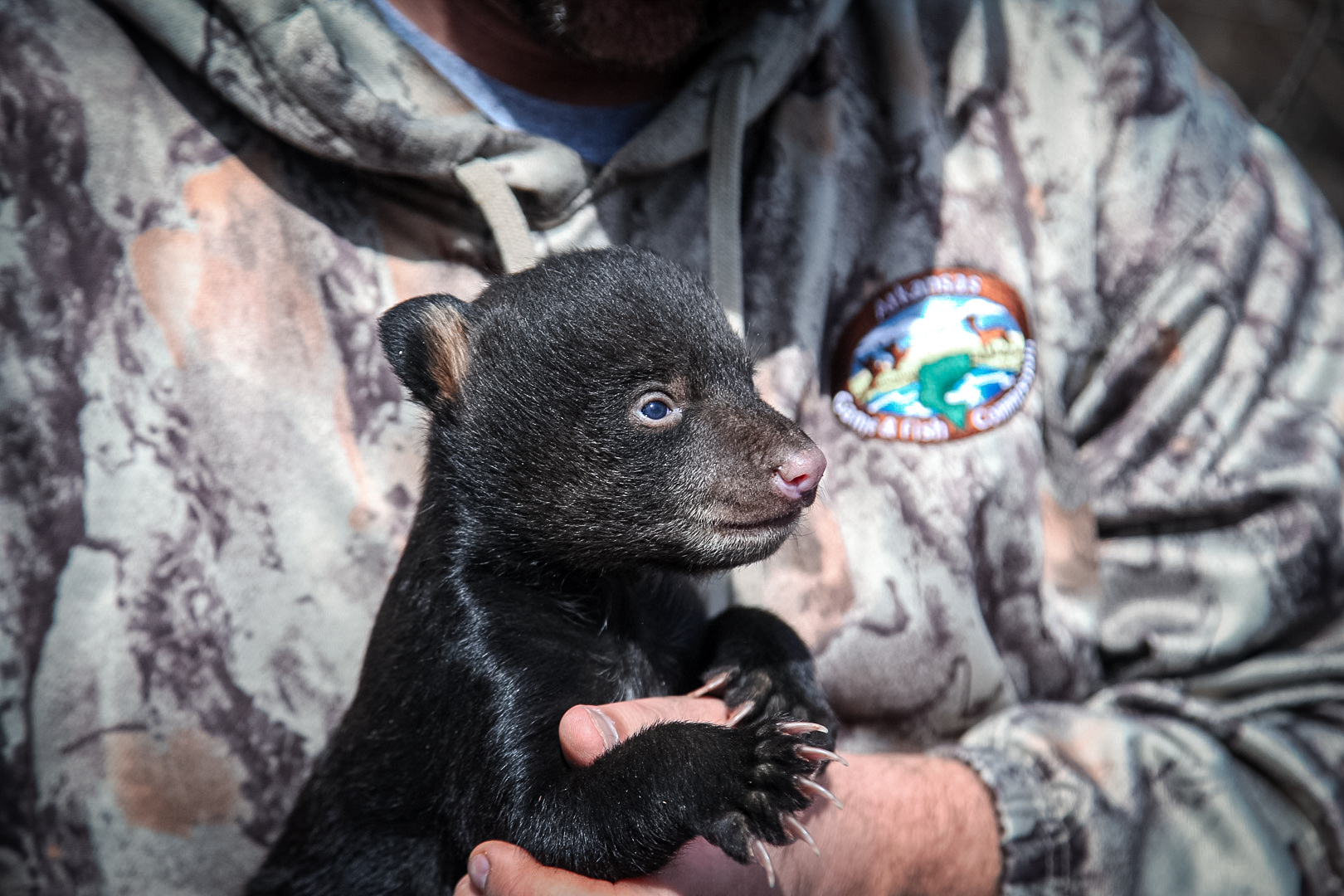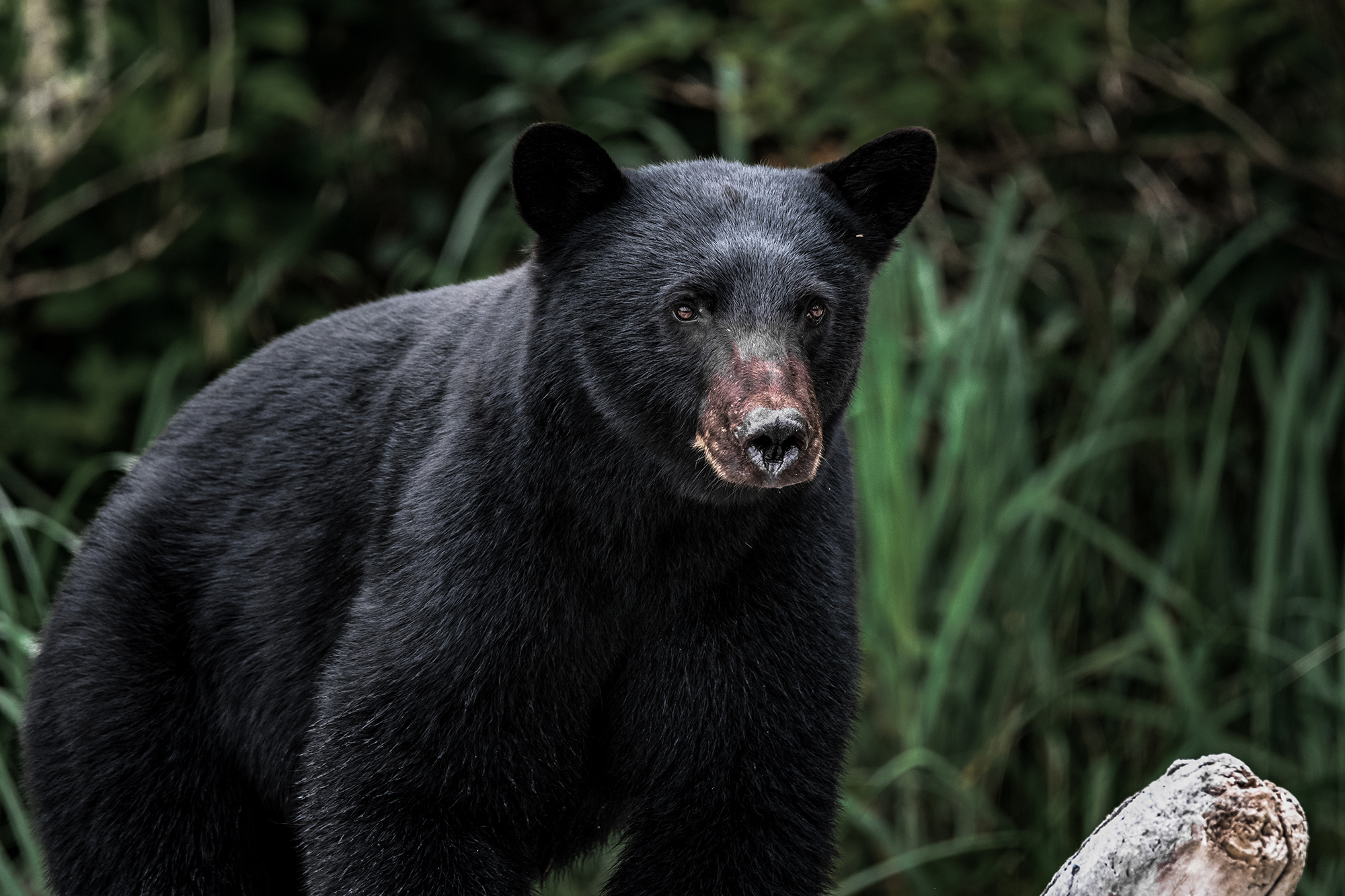Thanks to the tireless conservation efforts of the Arkansas Game and Fish Commission, the black bear population’s resurgence in the state represents one of the most successful reintroductions of a large carnivore ever achieved. State wildlife officials are now hoping to build on that success, extending a sustainable population further into the bear’s historical range.
The commission has a plan to collect new information on the black bear population in the West Gulf Coastal Plain of Arkansas through a collaring program. This unprecedented effort will directly monitor black bear populations and assess growth rates needed for sustaining the population, with a limited hunting season opening this fall.
To help the program get off the ground, The Wildlife Center at Legends Ranch, Cabela Family Foundation, and Blood Origins are spearheading a fundraising effort to secure $70,000 in support of the collaring effort.
Arkansas Black Bear History

Before Europeans settled the region, black bears were so abundant in Arkansas that it was unofficially nicknamed “The Bear State.” In the early 1900s, bears were severely over-harvested for meat and fur, and the majority of the animals’ habitat was logged and cleared for farmland. By the 1930s, less than 50 black bears were thought to remain in the state, with most residing in what is now the White River National Wildlife Refuge in southeastern Arkansas.
Between 1958 and 1968, the state wildlife commission successfully reintroduced 254 black bears from Minnesota and Manitoba, Canada, into the Ouachita and Ozark Mountains of Arkansas. Thanks to strong game management practices and habitat improvements in the Interior Highlands region of Arkansas, the bears have thrived enough to have been sightings in bordering areas in Oklahoma and Missouri.
Even with the successful restoration of bear populations in the Interior Highlands and Delta regions of the state, the West Gulf Coastal Plain region didn’t follow suit. There were occasional bear sightings on the Arkansas-Louisiana border but no confirmed reports of female bears with cubs, indicating a non-reproducing population. The sightings were likely subadult males that dispersed into the area looking for their home range.
Receiving strong public support for growing the bear population in that region, in 1998, the commission began studying management options and decided to move bears from the White River National Wildlife Refuge to the Felsenthal National Wildlife Refuge, which was part of the bears’ historical range.
Since relocating the bears, the population has grown to the point where wildlife officials are now moving forward with sustainability studies that will inform strict management practices and continued conservation measures.
The Collaring Project

The fall 2022 season marks 42 consecutive years of bear hunting in Arkansas since their reintroduction. Because of the promising numbers, wildlife officials have indicated there will be an opportunity to actually hunt them in the Gulf Coastal Plain for the first time since reintroduction as well.
According to Myron Means, AGFC Large Carnivore Program coordinator, staff will propose a limited black bear hunt in this year’s regulations package for fall 2022.
“The proposed season structure still has not been established, as we still have some reports to receive from the University of Arkansas at Monticello before we finalize season dates and quotas,” Means said. “More than likely, the framework will be very limited as we begin the season in this part of the state.”
In order for those decisions to be made, the AGFC’s collaring program will help ensure that wildlife officials have the most accurate data to support any proposed management practices.
According to Robbie Kröger, founder and host of the award-winning podcast Blood Origins, the program is exactly what Arkansas needs, and the hunting community needs to get behind.
“They want to collect the best science possible and use the best data so that they are sustaining their black bear population in the State of Arkansas,” Kröger said. “Exactly what they should be doing and what, as a hunting community, we should be looking for.”
It’s also why Kröger has committed to raising $70,000 to support the program.
“That money is going to collars,” he said. “That money is going to maintenance. That money is going to biologists. That money is going to aerial surveys so that we can understand fecundity, mortality, range — all of the information the commission needs to show how sustainable a black bear hunt is.”
The statewide bear harvest in 2021 reported 493 bears taken by hunters last fall. While this is a considerable decline from 2020’s record 665 bears harvested, AGFC said it still falls in line with the stable harvest numbers seen since 2001.
READ NEXT – California Black Bear Season Will Remain in Place, Anti-Hunters Denied








Comments